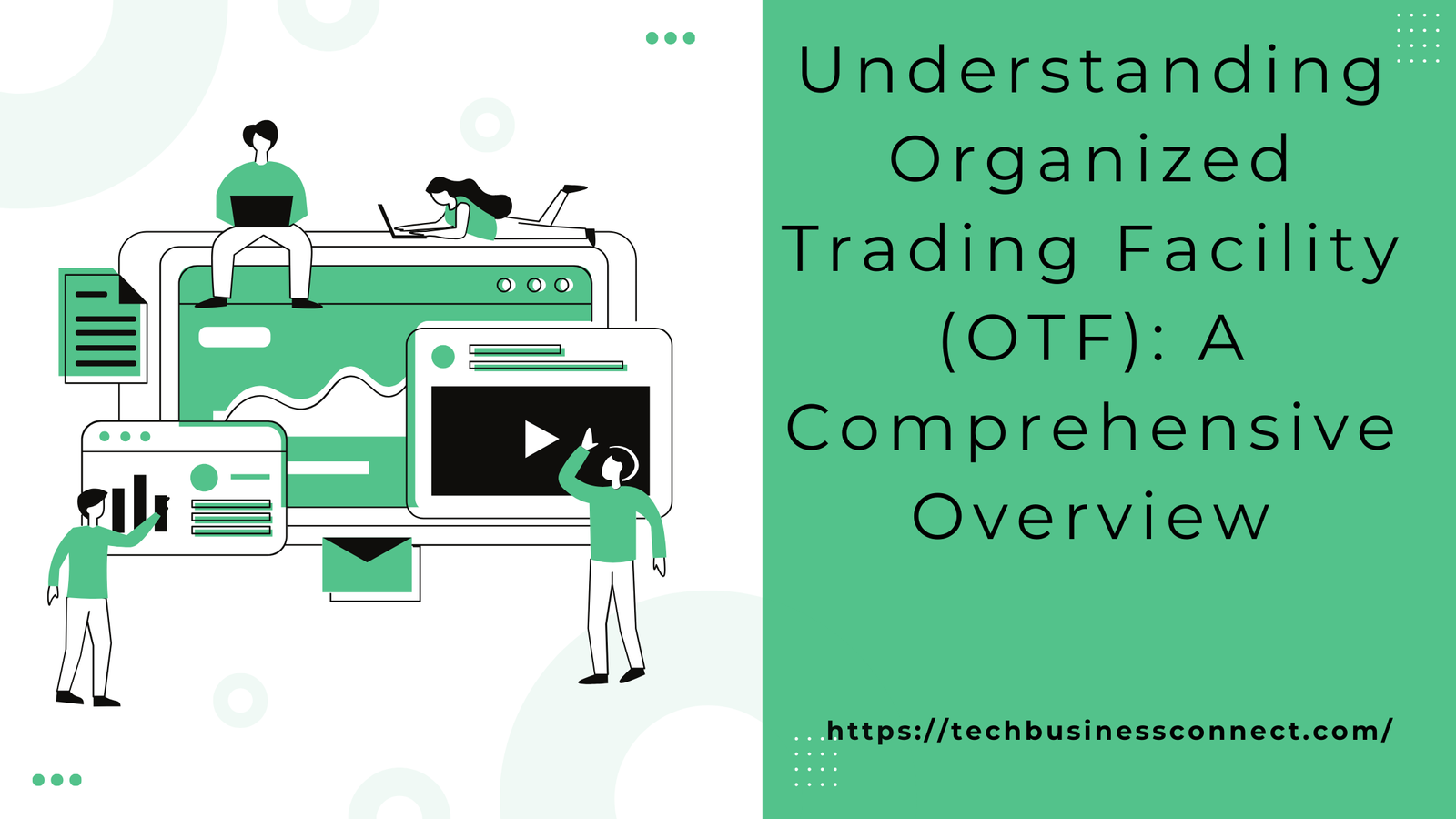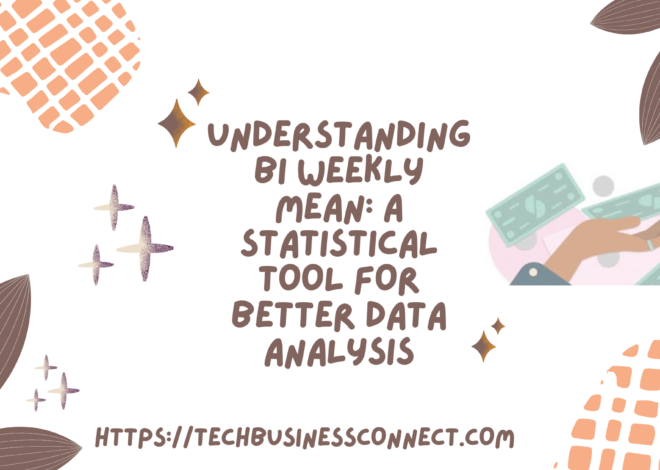
Understanding Organised Trading Facility (OTF): A Comprehensive Overview in 2024
In the evolving landscape of financial markets, the concept of an Organised Trading Facility (OTF) has gained prominence, especially within the European Union’s regulatory framework. OTFs are a relatively new category of trading venues introduced under the Markets in Financial Instruments Directive II (MiFID II), which came into effect in January 2018. The introduction of OTFs was a significant regulatory development aimed at enhancing transparency, competition, and investor protection in the trading of non-equity instruments. This article delves into the concept, characteristics, regulatory framework, benefits, challenges, and future prospects of OTFs.
1. What is an Organised Trading Facility (OTF)?
An Organised Trading Facility (OTF) is a type of trading venue introduced by MiFID II, primarily for the trading of non-equity instruments such as bonds, structured finance products, derivatives, and emission allowances. Organised trading facility are defined as multilateral systems, which are not regulated markets or multilateral trading facilities (MTFs), where multiple third-party buying and selling interests in financial instruments are able to interact in a way that results in a contract. OTFs operate similarly to MTFs but have some key differences, especially regarding the discretion allowed to operators and the types of instruments traded.
2. Key Characteristics of OTFs
Several distinct characteristics differentiate OTFs from other trading venues such as regulated markets, MTFs, and systematic internalizers (SIs):
a. Discretionary Execution: One of the defining features of OTFs is the discretionary power granted to operators. Unlike MTFs, which are non-discretionary, Organised trading facility operators can exercise discretion regarding how and when to match client orders. This discretion can be applied to decide whether to place or withdraw an order or to match specific orders among the orders available in the system.
b. Non-equity Instruments Focus: OTFs are primarily intended for the trading of non-equity instruments. This includes bonds, structured finance products, derivatives, and emission allowances. While equity instruments can be traded on OTFs under certain conditions, this is not the main focus, distinguishing them from MTFs and regulated markets.
c. Multilateral Interaction: OTFs facilitate multilateral trading, meaning multiple third-party buying and selling interests interact on the platform, resulting in the formation of a contract. This is in contrast to bilateral trading arrangements seen in systematic internalization.
d. Proprietary Trading Restrictions: Organised trading facility operators are prohibited from executing orders against their own proprietary capital. This restriction is designed to avoid conflicts of interest and ensure that the operators of OTFs act in the best interests of their clients, maintaining the integrity of the trading venue.
3. Regulatory Framework Governing OTFs
The introduction of OTFs was part of the broader MiFID II/MiFIR regulatory package aimed at increasing market transparency, reducing trading outside regulated venues, and enhancing investor protection. Some key regulatory aspects related to Organised trading facility include:
a. Licensing and Authorization: OTF operators must be authorized by the relevant national regulatory authorities. The authorization process involves demonstrating compliance with various organizational, conduct, and reporting requirements.
b. Transparency Requirements: OTFs are subject to both pre-trade and post-trade transparency requirements. Pre-trade transparency involves the publication of information about the current orders in the market, while post-trade transparency requires the publication of details about executed transactions. However, waivers and deferrals are available under certain conditions to accommodate large transactions and illiquid markets.
c. Best Execution Obligation: OTFs are obligated to ensure best execution for their clients. This means that they must take all sufficient steps to obtain the best possible result for their clients, considering price, costs, speed, likelihood of execution, and other relevant factors.
d. Conduct of Business Rules: Organised trading facility operators must adhere to strict conduct of business rules, ensuring fair and transparent operations. This includes managing conflicts of interest, ensuring the integrity of the trading process, and maintaining adequate systems and controls.
4. Benefits of OTFs
The introduction of Organised trading facility offers several benefits to market participants and the broader financial market:
a. Enhanced Transparency: By bringing more trading activities onto regulated platforms, OTFs contribute to greater market transparency. This helps in providing more accurate pricing information and improving market integrity, which is beneficial for all market participants.
b. Increased Competition: OTFs add to the diversity of trading venues, fostering competition. This competition can lead to better services, reduced trading costs, and innovation in trading technologies and practices.
c. Better Investor Protection: The regulatory framework governing OTFs includes provisions aimed at protecting investors. The discretionary nature of OTFs allows operators to optimize order execution in the best interests of their clients, while conduct of business rules ensures fair and transparent trading practices.
d. Flexibility in Trading: The discretionary nature of OTFs provides flexibility in how orders are executed. This is particularly beneficial in markets for less liquid and more complex financial instruments, where rigid non-discretionary systems may not be able to provide optimal execution.
5. Challenges Faced by OTFs
Despite their benefits, OTFs face several challenges that need to be addressed to ensure their effective functioning:
a. Complexity of Regulation: The regulatory framework for OTFs is complex and requires operators to comply with numerous rules and obligations. This complexity can be a barrier to entry and may discourage potential operators from setting up OTFs.
b. Overlapping Boundaries with Other Venues: The distinctions between OTFs, MTFs, and SIs are not always clear, leading to potential regulatory overlaps and uncertainties. This can create challenges for market participants in understanding the different venues and choosing the most appropriate one for their needs.
c. Market Liquidity Concerns: While OTFs can enhance transparency, they may also fragment liquidity if too many OTFs operate simultaneously, each with a limited number of participants. This could result in reduced market depth and increased volatility.
d. Compliance and Operational Costs: Operating an OTF requires significant investment in compliance, technology, and operational infrastructure. The costs associated with meeting regulatory requirements and maintaining robust trading systems can be substantial.
6. Future Prospects of OTFs
The future of OTFs will largely depend on how well they can adapt to the evolving market environment and regulatory landscape. Some potential areas for development and growth include:
a. Technological Advancements: Advances in trading technology, such as artificial intelligence and machine learning, could enhance the efficiency and effectiveness of OTFs. These technologies can improve order matching, optimize execution, and provide better analytics and risk management tools.
b. Expansion of Asset Classes: While OTFs currently focus on non-equity instruments, there may be opportunities to expand into new asset classes, especially with the growing interest in digital assets and cryptocurrencies. Adapting the OTF model to accommodate these new instruments could open up new markets and trading opportunities.
c. Harmonization of Regulations: Efforts to harmonize regulations across jurisdictions could help reduce the complexity and overlap of rules governing OTFs. Greater regulatory clarity would make it easier for market participants to understand and comply with requirements, fostering the growth of OTFs.
d. Market Integration: As financial markets become more integrated globally, OTFs could play a crucial role in facilitating cross-border trading of non-equity instruments. This would enhance market access and provide greater liquidity, benefiting market participants worldwide.
Conclusion
Organised trading facilities represent a significant evolution in the regulatory framework governing financial markets, aimed at enhancing transparency, competition, and investor protection. By providing a regulated venue for the trading of non-equity instruments with discretionary execution, OTFs offer flexibility and efficiency that can benefit both market participants and the broader economy. However, challenges such as regulatory complexity, market liquidity concerns, and operational costs need to be addressed to realize the full potential of OTFs. As the financial markets continue to evolve, OTFs are likely to play an increasingly important role in shaping the future of trading and market structure.


